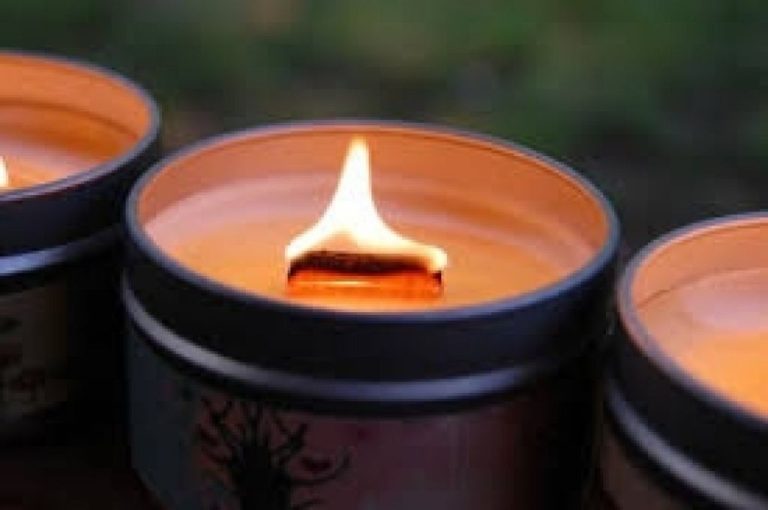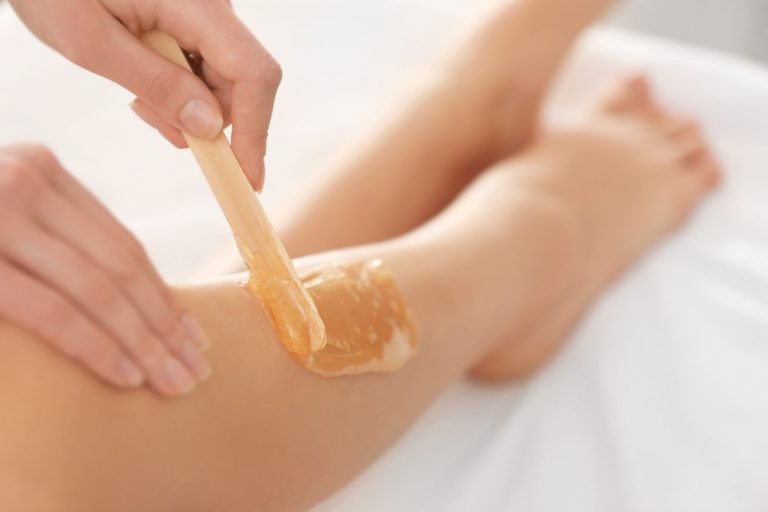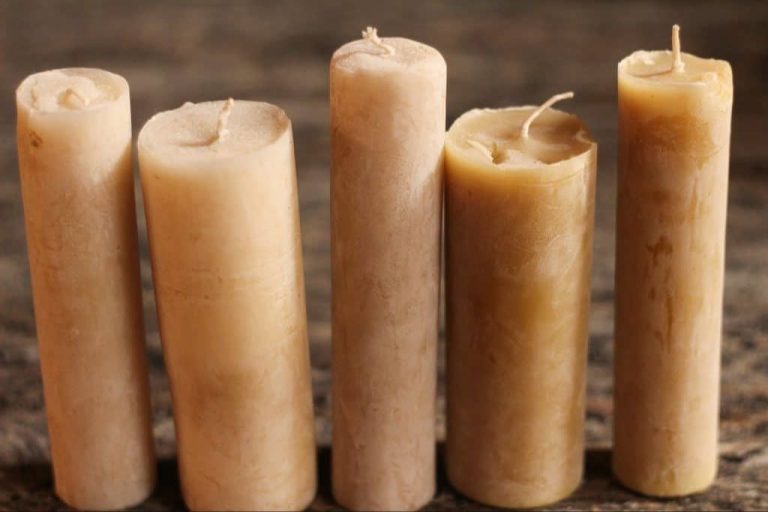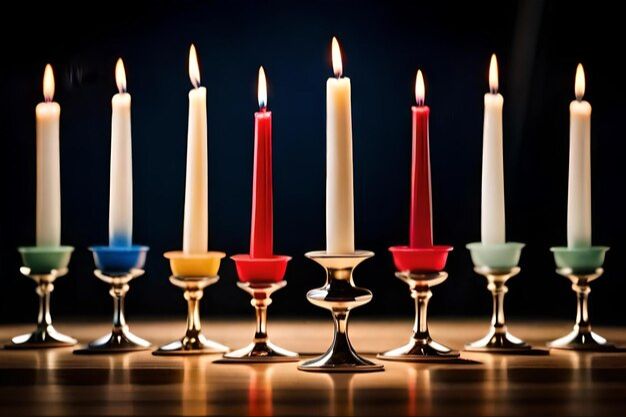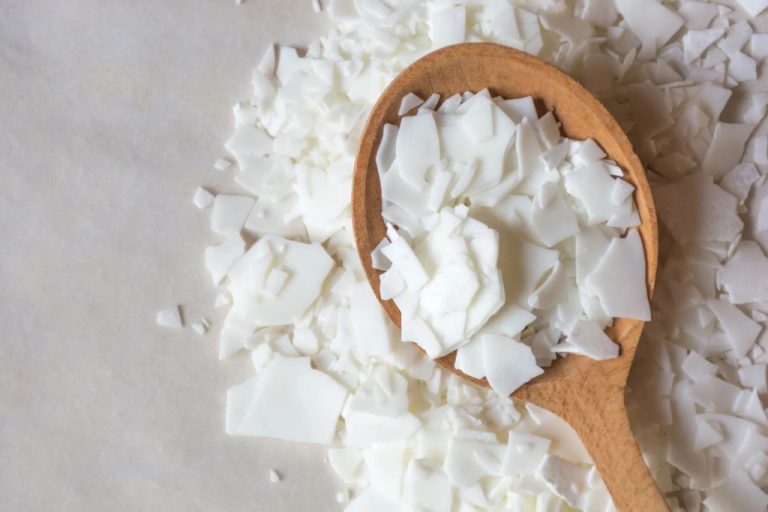How Do You Get A Good Hot Throw With 464 Soy Wax?
Introducing 464 Soy Wax
464 soy wax is a 100% soybean wax produced by Golden Brands. It is a popular wax for candle making due to its versatile properties. 464 has a melting point of 119-125°F, making it easy to work with either by hand or in commercial production.
Compared to paraffin wax, 464 soy wax has several advantages. It is made from a renewable and sustainable crop, soybeans. Soy wax also burns cleaner than paraffin, producing less soot. Additionally, soy wax holds fragrances extremely well. The drawback is that soy wax is generally more expensive than paraffin.
The most common use for 464 soy is container candles, especially those using fragrance oils. The wax offers excellent scent throw and clean burn. The blend of hydrogenated soybean oil gives the wax a creamy appearance and smooth texture ideal for pouring into containers. Soy wax by itself can be too soft, but 464 has additives to harden the wax and improve stability. 464 performs well in a range of container styles and sizes.
More details available at: https://www.candlescience.com/wax/golden-brands-464-soy-wax/
Measuring and Preparing 464 Soy Wax
Accurately measuring your wax is crucial for achieving the right hot throw. Use a digital kitchen scale to weigh out the amount of 464 soy wax needed per the manufacturer’s instructions. A usual ratio is 1 ounce of wax per candle hour of burn time (source).
Melt the wax slowly on low heat to avoid overheating. The proper melting temperature for 464 soy wax is 185°F (source). Use a thermometer to monitor the temperature. Overheating the wax above 185°F can destroy the soybean structure and negatively affect hot throw.
Once the wax has fully melted, you can add fragrance oils or liquid dye. The fragrance load for 464 soy wax is typically 6-10%. Stir thoroughly to fully incorporate additives. Then let the wax cool to the proper pouring temperature before pouring into containers or molds.
Wick Selection for 464 Soy
Choosing the right wick is crucial for getting a good hot throw with 464 soy wax. The wax has a lower melting point than paraffin, so testing different wick sizes and types is important.
Good options for wicks with 464 soy wax include:
- Eco wicks in sizes 6-8 (https://www.candlescience.com/getting-started-with-aak-464-soy-wax/)
- Wooden wicks
- HTP and CD wicks in sizes 10-12 (https://www.candlescience.com/getting-started-with-aak-464-soy-wax/)
It’s recommended to test candles with different wick sizes to find the best hot throw. Start in the middle of the recommended range and move up or down until you reach the desired flame height and wax pool diameter.
Too small of a wick can lead to poor wax melt, while too large can create excessive sooting. Testing helps dial in the perfect wick for your 464 soy wax candle.
Pouring 464 Soy Wax
Proper pour temperatures are important for achieving a good hot throw and surface appearance with 464 soy wax. According to CandleScience, 464 should be poured around 135°F to 145°F (57°C to 63°C) for the best results [1]. Pouring too hot, above 150°F (66°C), can cause frosting and adhere to the sides of containers. Pouring too cold, below 130°F (54°C), may create air pockets and tunneling.
After pouring 464 soy wax into containers, it’s crucial to let the candles cool properly. Allowing the wax to cool and solidify slowly, around 135°F to 115°F (57°C to 46°C), helps prevent sinkholes and adhesion issues [2]. Cooling the wax too quickly with fans or cold surfaces can cause cracking, shrinkage, and concaving. Monitor cooling rates with an infrared thermometer. The cooling process can take 1-2 hours before candles can be moved.
Candle Testing and Troubleshooting
Testing your candles is a crucial step to ensure you achieve a strong hot throw. Here are some tips for testing and troubleshooting:
Allow candles to cure for 1-2 weeks before testing. This allows the fragrance to fully bind with the wax. Test candles in a small closed room like a bathroom or closet. Let the candle burn for at least 30 minutes before evaluating hot throw.
If your candle has a weak throw:
- Make sure you added the recommended fragrance load for 464 soy wax, which is 6-8% (see source). Too little fragrance can cause poor throw.
- Try a wax additive like vybar or parasoy to help anchor fragrances (see source).
- Allow a longer cure time. Fragrances can take longer to fully bind in soy wax.
If your candle has an inconsistent throw:
- Make sure to stir the wax and fragrance for 2-3 minutes until thoroughly blended before pouring.
- Avoid pouring wax that is too hot, above 185F (see source). This can cause uneven fragrance distribution.
Choosing Fragrance Oils
When making candles with 464 soy wax, it’s important to choose a fragrance oil that is specifically formulated to work well with soy wax. Some of the most commonly recommended fragrance oils for 464 soy wax include:
Fruit scents like Raspberry Cordial, Mango Peach Salsa, Strawberry Jam, and Lemon Lavender
Bakery/sweet scents like Sugar Cookies, Vanilla Bean, Cinnamon Buns, and Caramel Pecan
Masculine scents like Teakwood & Mahogany, Tobacco & Bay Leaf, Leather, and Bourbon
Clean/fresh scents like Rain, Cucumber Melon, Lavender Vanilla, and Clean Cotton
When using 464 soy wax, it’s recommended to start with a 6% fragrance load, which is approximately 1 oz of fragrance oil per pound of wax. You can adjust up or down from there depending on your desired scent strength.
Additives for Better Hot Throw
One way to boost hot throw with 464 soy wax is to add candle additives like vybar or polishes. As explained by Candle Making Supplies, “Vybar enables the candlemaker to put twice or even three times as much fragrance oil into their mixture, causing the candles to have much better hot throw.” (Source)
Typically, you’ll want to add 1-3% vybar by weight to your soy wax. Start with 1% and test to see if more is needed. Too much vybar can make the wax brittle. Polishes like stearic acid can also help anchor fragrance, and are added around 1-2% by weight.
When adding vybar or polishes, make sure to fully incorporate them into the wax while melted. Then let the wax fully cool before adding fragrance oils. The additives help the wax hold onto fragrance for better hot throw. However, go slowly as adding too much vybar or polishes can reduce the wax’s ability to hold a full melt pool.
Room Size and Curing
Hot throw, or scent throw, can be dramatically impacted by the size of the room the candle is burned in. According to CandleScience, small rooms will quickly fill with fragrance from even smaller candles, while larger rooms need appropriately sized candles to achieve sufficient hot throw. It’s important to test candles in rooms of various sizes to understand how the scent projects.
Additionally, allowing candles to cure fully before burning is crucial to experiencing their best hot throw. Curing gives the fragrance oils time to fully bind with the wax. Burn testing too soon can lead to disappointing results. Let candles cure for 1-2 weeks, keeping them in a temperature stable environment away from drafts during the process. Once cured, you will get a much better sense of hot throw when burn testing in rooms of different sizes.
Vessel and Wick Positioning
The type of vessel used for soy wax candles can impact hot throw. Metal tins conduct heat well and help melt more wax to release fragrance. Glass jars allow the fragrance to permeate through the sides. Terra cotta and other porous vessels absorb fragrance and slowly release it over time. According to Reddit, vessels with tight seals like jars and tins tend to have stronger hot throw than open containers.
Wick positioning also matters. A centrally placed wick will create an even melt pool and maximize fragrance release across the candle’s surface. Off-center wicks may cause uneven melting and weaker throw. As one candlemaker notes, “Too small of a wick will create a small burn pool, which will lead to poor scent throw. Too large of a wick may burn too hot and actually burn off scent” (Source). Testing wick size and placement is key for dialing in hot throw.
Safety Tips
When making candles with 464 soy wax, it’s important to follow safe practices to avoid injuries or accidents. Here are some key tips:
Wear proper clothing like long sleeves, pants, and closed toe shoes. Melted wax can splash and cause burns (https://northwoodcandlesupply.com/blogs/news/5-candle-making-safety-tips-everyone-should-follow). Have a fire extinguisher on hand in case of emergencies.
Work in a clean, clutter free area with good ventilation. Soy wax vapors can be irritating for some. Open windows or use fans to keep the air circulating (https://lonestarcandlesupply.com/candle-making-safety-tips/).
Keep wax melters and poured candles away from flammable items. Allow poured candles to fully set and cure before lighting. Trim wicks to 1⁄4 inch before burning to prevent excess smoke.
If you notice issues like poor hot throw even after proper wicking, try using wax additives or fragrance oils known for strong scent. Test candles frequently as they cure to catch problems early.
Making candles can be safe and enjoyable when following basic safety steps. Pay close attention during the process and cleanup to prevent accidents with spilled wax or fires.

